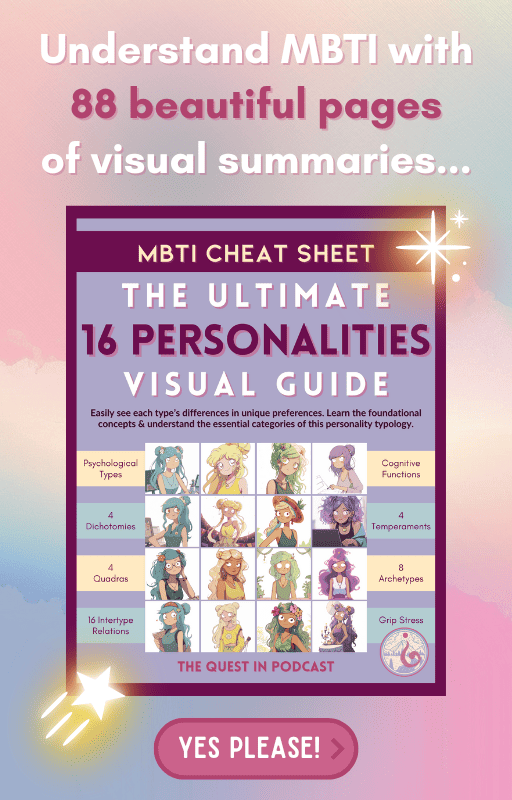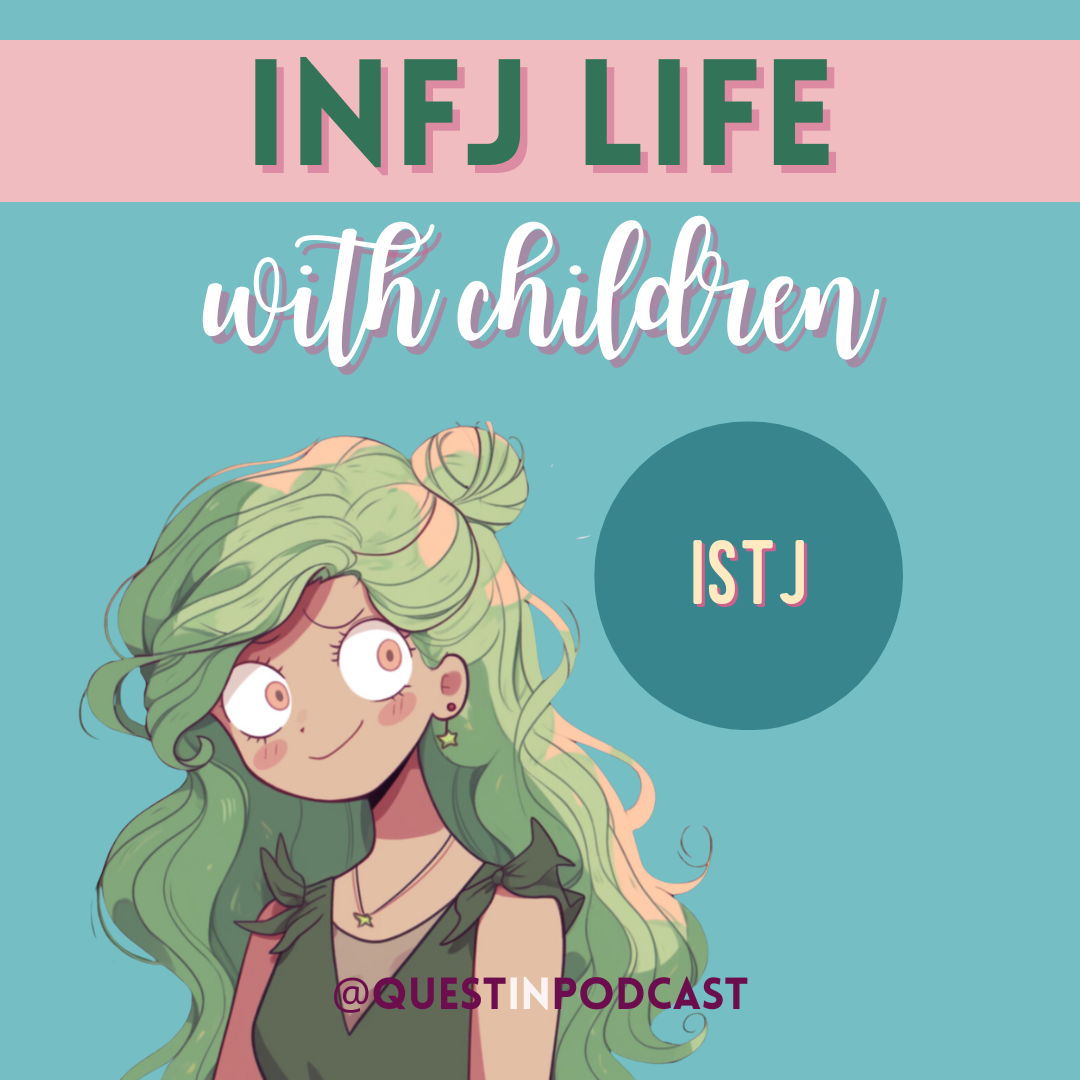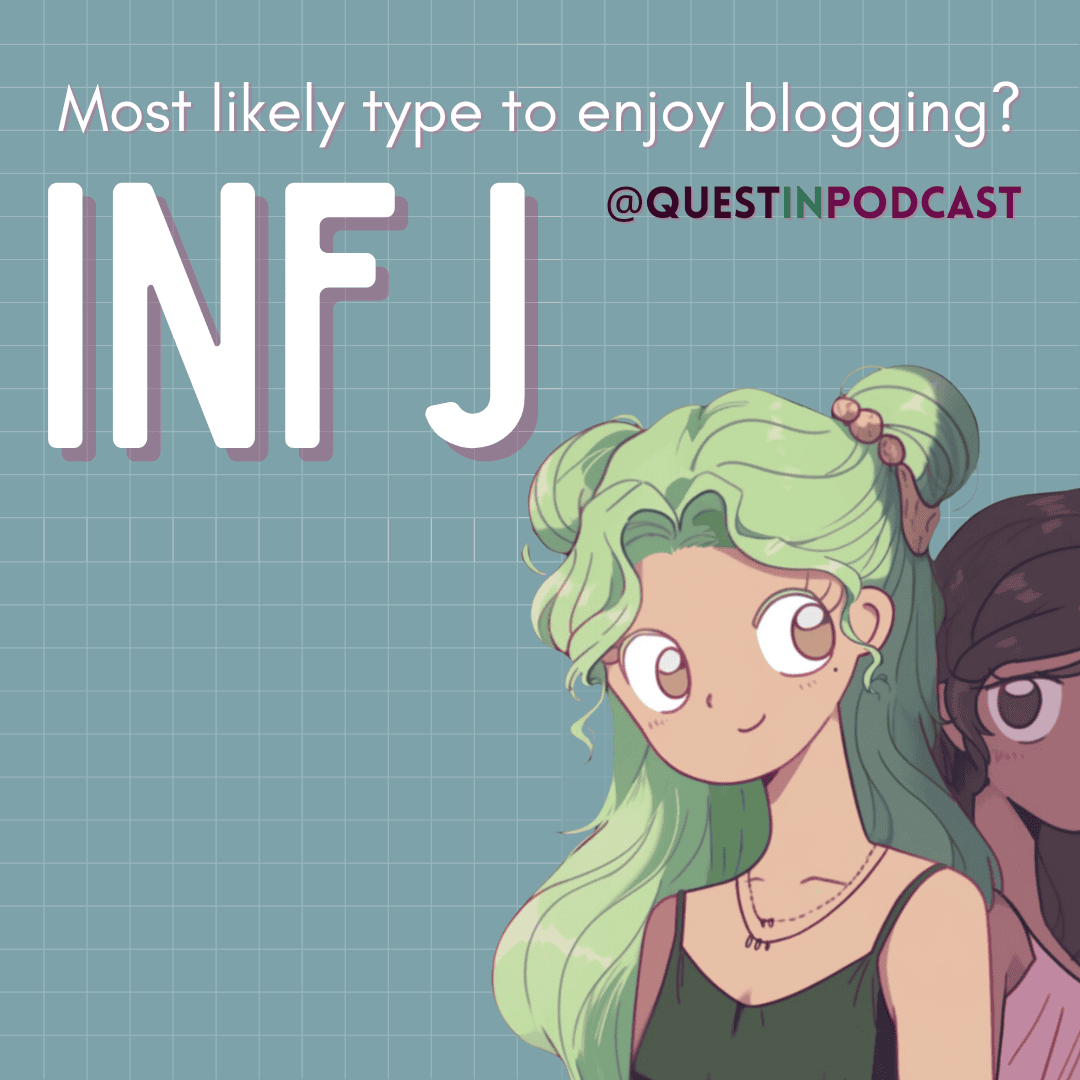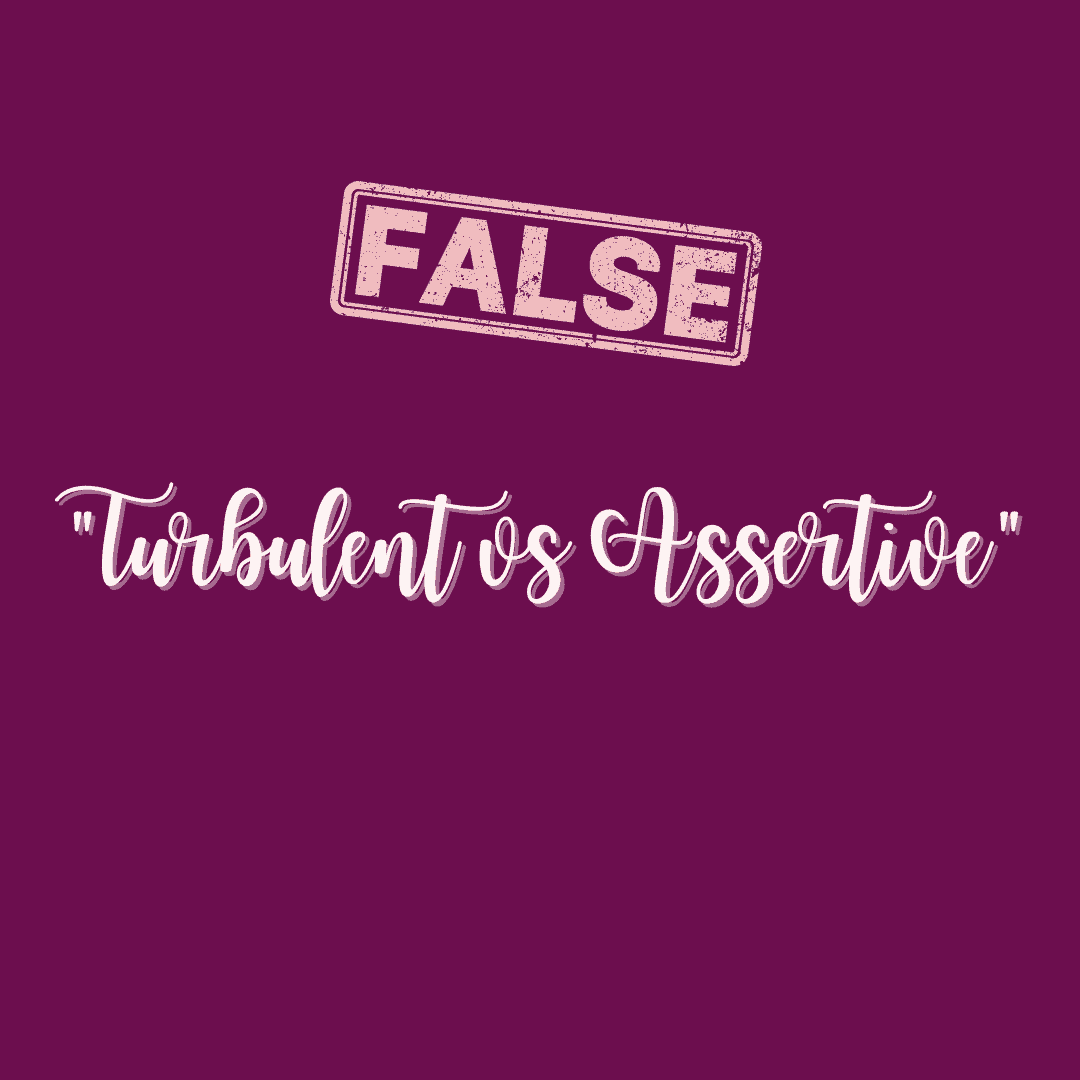
Turbulent vs Assertive: How 16 Personalities Changed MBTI
Is Turbulent vs Assertive valid in MBTI?
This distinction between a “turbulent vs assertive” personality type is actually NOT based on the original framework of MBTI. This actually was made up of the 16personalities.com online test that combined the testing guidelines of the Big 5 personality framework along with the Myers-Briggs Type Indicator framework.
In summary, this one website (which over 60,000 people on a daily basis access their 16 personalities test) has forever changed how the world perceives the different personality types. For better or for worse, they have made a SIGNIFICANT impact on people at a global scale by making their online test free and accessible to anyone.

For the longest time, it has been even my own go-to recommendation for people to figure out their personality type. However, it is often wrong about 50% of the time. Nonetheless, I liked it as a starting place.
Usually if people are mistyped by an online personality test, they tend to my wrong by one letter. Such as “I” instead of “E” or “J” instead of “P”, which when you understand the cognitive functions (which are the REAL backbone of the 16 personality types) then you understand that 1 letter makes a BIG difference.
What is “MBTI” or “Myers Briggs Type Indicator”?
Myers Briggs Type Indicator is a type code of psychological type developed by Isabel Briggs Myers and Katharine Cook Briggs, but the original model was based on Carl Gustav Jung.
Carl Jung’s theory on the 8 cognitive functions helps us understand communication styles, personality preferences, and decision-making logic of the 16 unique personality types.
The personality types tend to have a certain way of orienting themselves to the world that is identified through this psychological framework.
One word of caution is that many people may take the Myers-Briggs personality test and get a particular type as a result that may be inaccurate. Any free personality test or online personality questionnaire tends to be quite limited.

Verifying a person’s type through the demonstrative use of cognitive functions works best to find out someone’s personality type.
You can learn why this is in the next section, where I explain how to read MBTI type code and use the rarest personality type as an example.
How to read MBTI code?
In 1962, the publication “Gifts Differing” by Isabel Briggs Myers took Carl Jung’s work and developed a 4-letter code that tells you the dominant 2 functions that each of the 16 types use.
In the example of the rare personality type INFJ, this code tells us that this personality type prefers the cognitive functions of Intuition (N) and Feeling (F).
The last letter “J” tells us that the judging function of Feeling is the extroverted function of the two, which means that this type has in their top 2 cognitive function preferences Extroverted Feeling (Fe) and Introverted Intuition (Ni).
The first letter “I” reveals that the type leads with their introverted function.
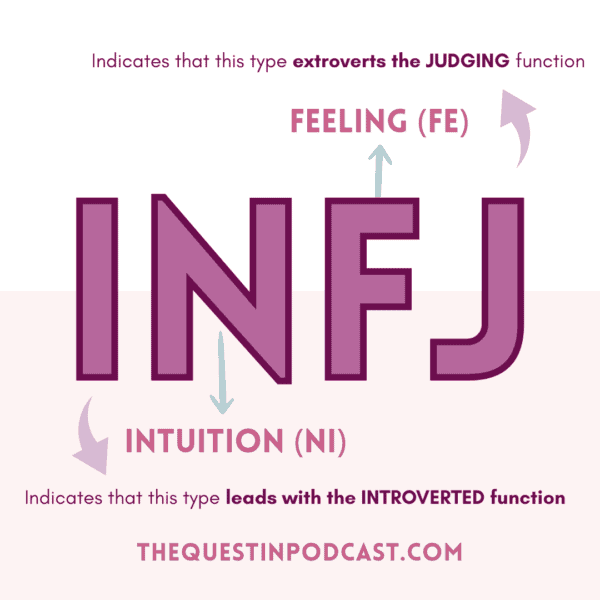
Therefore the INFJ is distinct in preferring to cognitively use Introverted Intuition (Ni) as their top/lead cognitive function and Extroverted Feeling (Fe) as their supportive function.
Each function operates on an axis, so once you know 2 of them you know the order of the rest.
Now you know how to easily read the MBTI code for any of the 16 personality types.

The Big 5 Model (a statistically driven test)
The site correlated type preferences to each of the 5 personality traits. OCEAN is the acronym used to remember each of the traits easily.
- O is for Openness, which the test correlates to a spectrum between Sensation and Intuition (S vs N)
- C is for Conscientiousness, which correlates to Judging and Perceiving (J vs P)
- E is for Extraversion, which correlates to Introversion and Extroversion (I vs E)
- A is for Agreeableness, which correlates to Feeling and Thinking (F vs T)
- N is for Neuroticism, which does not correlate to any MBTI type preference… which is why 16personalities.com made up the aspect of “assertive” (-a) and “turbulent” (-t)




